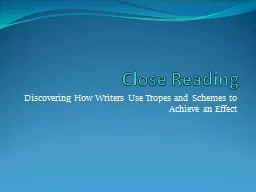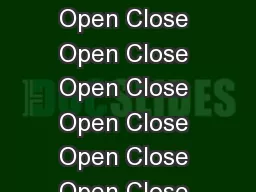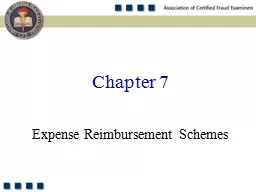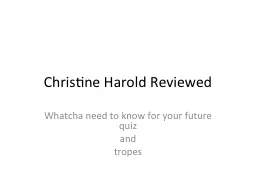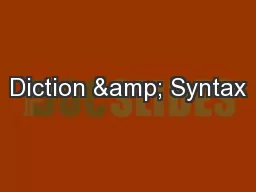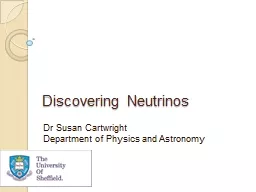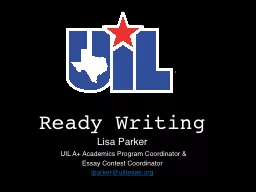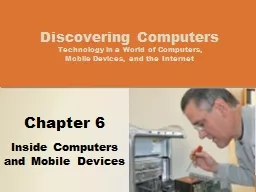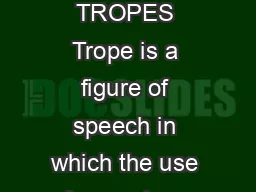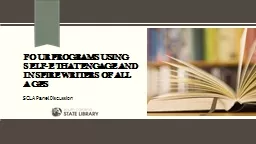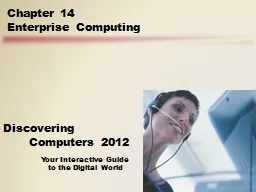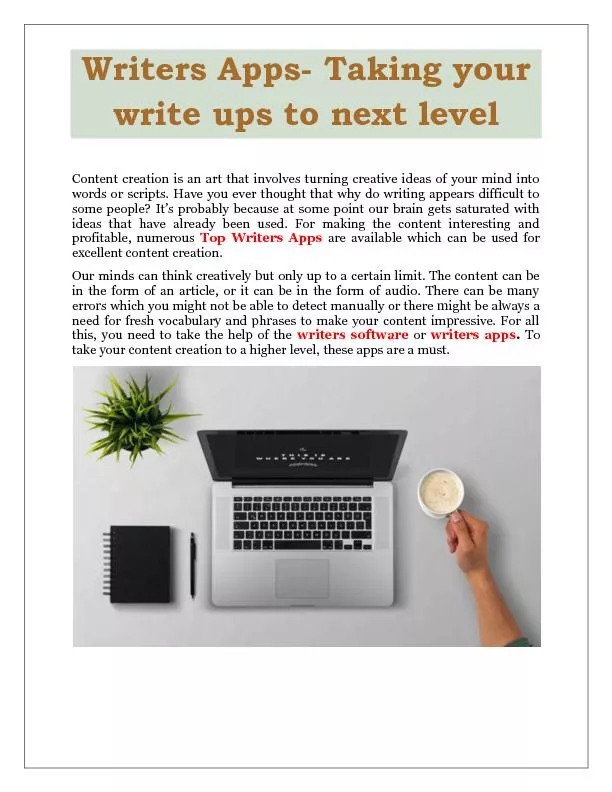PPT-Close Reading Discovering How Writers Use Tropes and Schemes to Achieve an Effect
Author : calandra-battersby | Published Date : 2018-03-12
Close Reading Close reading is used to analyze text When reading closely you develop an understanding of the text that is based first on the words themselves and
Presentation Embed Code
Download Presentation
Download Presentation The PPT/PDF document "Close Reading Discovering How Writers Us..." is the property of its rightful owner. Permission is granted to download and print the materials on this website for personal, non-commercial use only, and to display it on your personal computer provided you do not modify the materials and that you retain all copyright notices contained in the materials. By downloading content from our website, you accept the terms of this agreement.
Close Reading Discovering How Writers Use Tropes and Schemes to Achieve an Effect: Transcript
Download Rules Of Document
"Close Reading Discovering How Writers Use Tropes and Schemes to Achieve an Effect"The content belongs to its owner. You may download and print it for personal use, without modification, and keep all copyright notices. By downloading, you agree to these terms.
Related Documents

